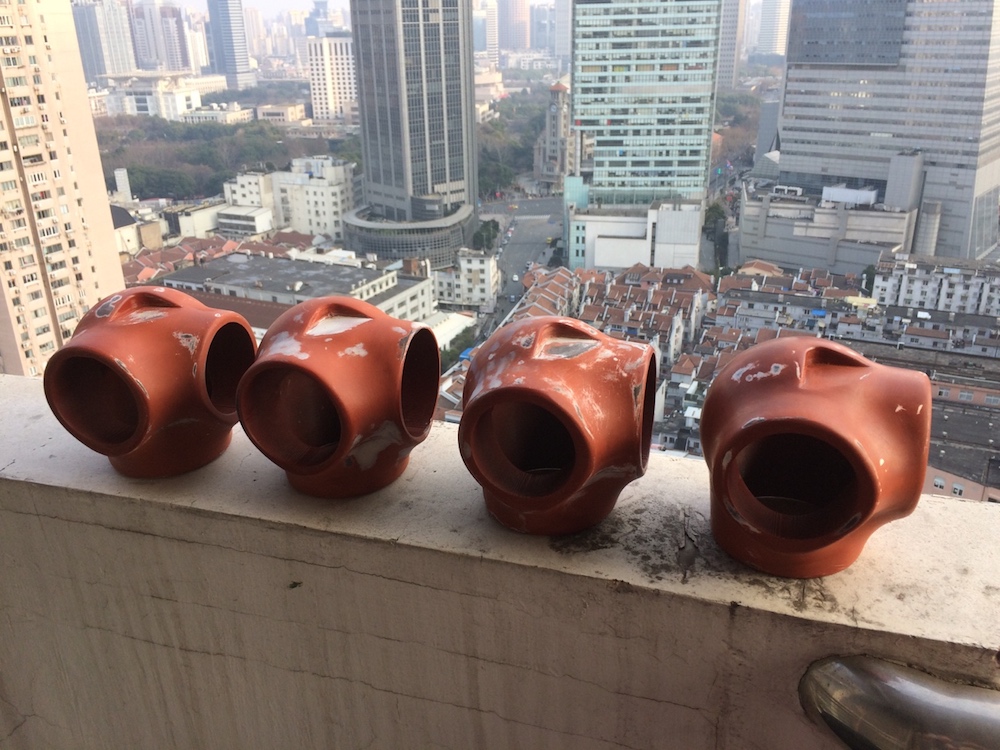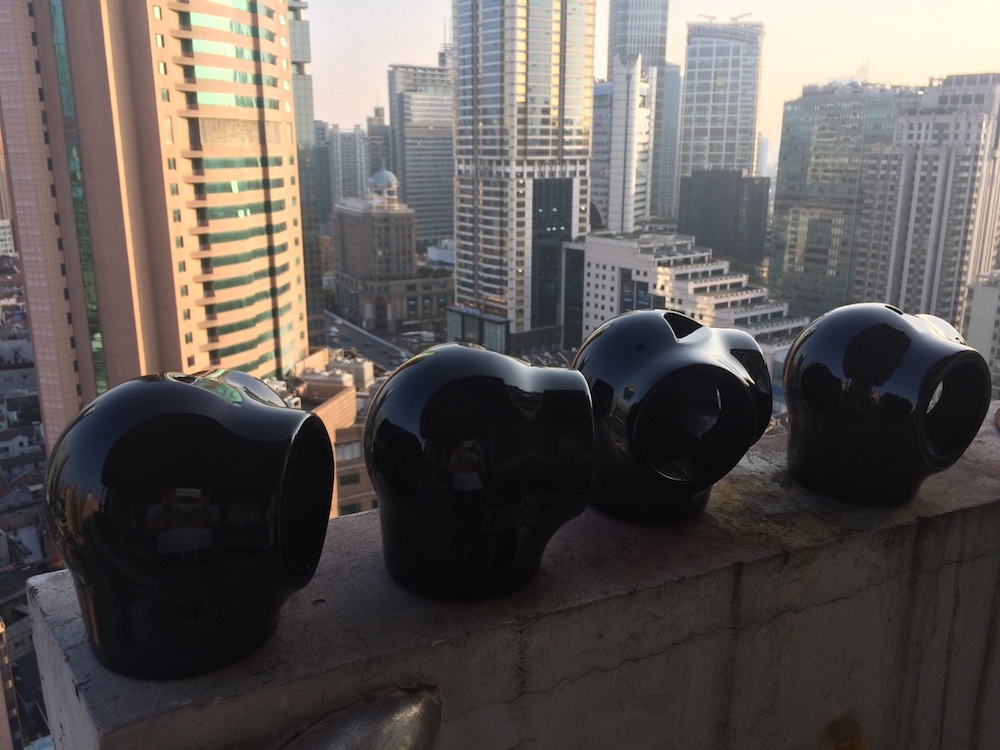POST-PROCESSING
COATING
After the print is properly sanded, it is ready for coating. The coating stage can transform a printed object into a final product by dramatically improving the surface finish. A high quality coating process consists of two stages, priming and painting.
Priming
Polycarbonate has excellent chemical resistance which therefore opens up many painting options, from aerosol paints to chemically hardened 2k paints. That being said, a plastic primer is the best option to create a good bite into the polycarbonate. A filler primer can help build an even coverage. When using it, move your hand fast over the print and try the to keep a consistent distance away from the object between 15-30cm. Allow an aerosol primer 10 minutes to flash off before applying another coat. A thin primer is better to show more details. Applying too much primer should be avoided, many light coats will produce better effects and dry quicker than one heavy coat. After the primer has fully hardened, sand it carefully to eliminate all the imperfections. Its likely the part will need another coat of primer to seal the part and recover any areas which have sanded back through, particularly the edges of the part where its harder to build paint.
Painting
Once the priming is finished, you can start to paint. As a general rule, you’d better paint from light to dark because the light colors won’t be affected by the darker undercoat in this way. The top coat will generally be a lower viscosity paint than the primer so a faster painting technique will allow a similar coverage of the same sized part. Allow every layer of paint to set before applying the next coat of paint. You don’t want to ruin your piece of work at this stage, so its best to work slowly and avoid paint runs. Then 1 or 2 layers of clear lacquer topcoat can help shield the paint and provide a high gloss finish.


